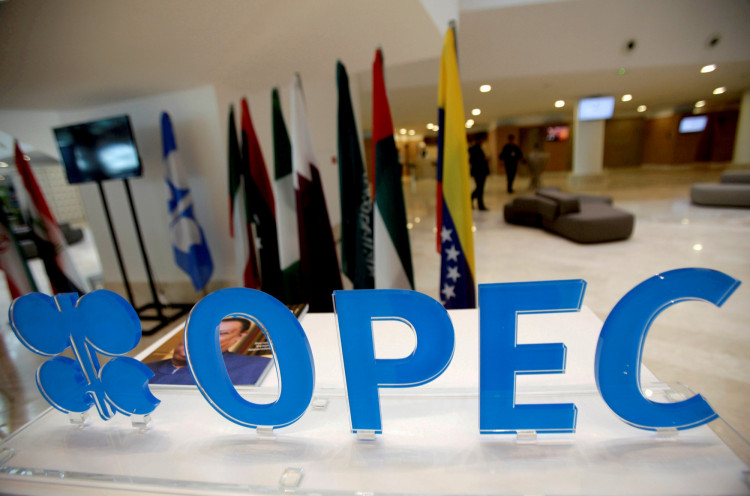In July, the Organization of Petroleum Exporting Countries (OPEC) saw a significant decline in oil production of 900,000 barrels per day, bringing the average to 27.79 million barrels per day, according to a survey released by media outlets on August 1. This represents the largest drop since the severe reductions OPEC+ implemented at the height of the COVID-19 crisis in 2020.
Saudi Arabia fulfilled its pledge to voluntarily cut production by 1 million barrels per day to boost oil prices, resulting in a July average production decline to 9.15 million barrels per day. In Nigeria, a leak at an oil export terminal caused supply to decrease by 130,000 barrels per day to 1.26 million barrels per day, disrupting the country's plans to increase production. Production in Libya decreased by 50,000 barrels per day to 1.1 million barrels per day due to temporary production halts at one of its largest oil fields because of protests.
Contrarily, Russia, a key member of OPEC+, has consistently disregarded commitments to reduce supply over the past few months, concentrating on maximizing revenue from oil sales. However, oil tanker tracking data indicates that due to Russian government cuts to international oil market supply, seaborne crude oil flow from Russia fell to its lowest level since the beginning of the year in the four weeks leading up to July 30. Russia's average crude oil shipment volumes decreased by 154,000 barrels per day over the four weeks, to 2.98 million barrels per day, a drop of 905,000 barrels per day from the peak in mid-May, and 400,000 barrels per day lower than in February. Exports to India experienced a significant decline.
The Russian Ministry of Finance stated that the average price of Ural-grade crude oil exports from Russia soared by 16.4% month-on-month in July to $64.37 per barrel, surpassing the Western-set ceiling of $60 per barrel, but still below the price of $78.41 per barrel in July 2022.
With global oil supplies tightening, oil prices began to rebound at the end of June. Recently, Brent crude reached a three-month high of more than $85 per barrel.
Traders expect Saudi Arabia to announce an extension of its production cut measures to September in the coming days, which would further tighten the supply of crude oil. Although major crude oil-consuming countries, including the United States, are concerned that OPEC's production cuts might exacerbate inflation, major OPEC member countries led by Saudi Arabia seem to require higher oil prices to cover government expenditures.
Saudi Arabia and Russia will host an online review of the market situation for key OPEC+ members on August 4. The OPEC+, comprised of 23 countries, will meet at the end of November to discuss their next action plan.
Market analysts believe that the Saudi Energy Minister, Prince Abdulaziz bin Salman, made the unilateral decision to cut production earlier and is even willing to sacrifice market share to boost oil prices because Saudi Arabia needs an oil price of around $80 per barrel to maintain its substantial budget and fund its economic transition projects.
Russia also pledged to cut oil production, but progress on implementing measures has been slow. The International Energy Agency mentioned in mid-July that the situation appears to be changing. In June, Russia's daily oil exports decreased by 600,000 barrels to 7.3 million barrels, the lowest level since March 2021. However, Russia may maintain a steady production level to meet domestic demand.
In addition to OPEC+, attention should be paid to the actions of non-OPEC+ oil-producing countries, especially the United States. Despite the efforts of major oil-producing countries led by Saudi Arabia to boost crude oil prices, U.S. crude oil production is expected to set records this year. Analysts suggest that this means OPEC+'s rigorous production cuts will have very limited effects on boosting oil prices.






